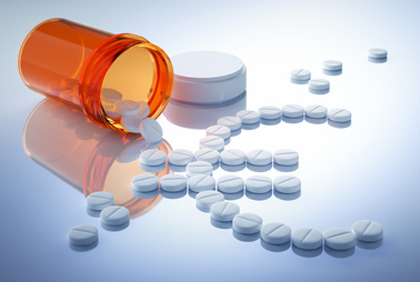Studies in animals have shown ticagrelor offers better myocardial protection against reperfusion injury after ST elevation MI than clopidogrel.

This had to be tested in the clinical arena, which is the aim of this study (published in JACC Intv): to assess left ventricular remodeling after reperfusion.
The study included patients undergoing their first ST elevation MI. These patients were treated successfully with primary PCI and dual antiaggregation therapy for at least 6 months.
Final end points were left ventricular remodeling index (relative change of end diastolic volume) measured by 3D echocardiography and N-terminal pro-B-type natriuretic peptide levelat 6 months.
139 patients were randomized to DAPT with ticagrelor and the same number of patients to DAPT with clopidogrel.
Read also: Safety and Efficacy of the Pfizer-BioNTech Vaccine Against COVID-19.
At 6-month followup, remodeling was numerically lower with ticagrelor vs clopidogrel, but NT pro-BNP levels resulted significantly lower with the first (173 ± 141 pg/ml vs. 289 ± 585 pg/ml; p=0.028).
These differences resulted more significative in patients with pre-PCI TIMI flow grade 0.
End diastolic volume showed no changes during treatment with ticagrelor but increased in 2.3 ml/m2 in patients receiving clopidogrel.
Read also: Efficacy of the Moderna COVID-19 Vaccine.
This difference was more significative when looking at end diastolic volume.
Conclusion
Ticagrelor resulted superior to clopidogrel in terms of ventricular remodeling after successful reperfusion for ST elevation MI.
Original Title: Effect of Ticagrelor on Left Ventricular Remodeling in Patients With ST-Segment Elevation Myocardial Infarction (HEALING-AMI).
Reference: Yongwhi Park et al. J Am Coll Cardiol Intv 2020;13:2220–34https://doi.org/10.1016/j.jcin.2020.08.007.
Subscribe to our weekly newsletter
Get the latest scientific articles on interventional cardiology





